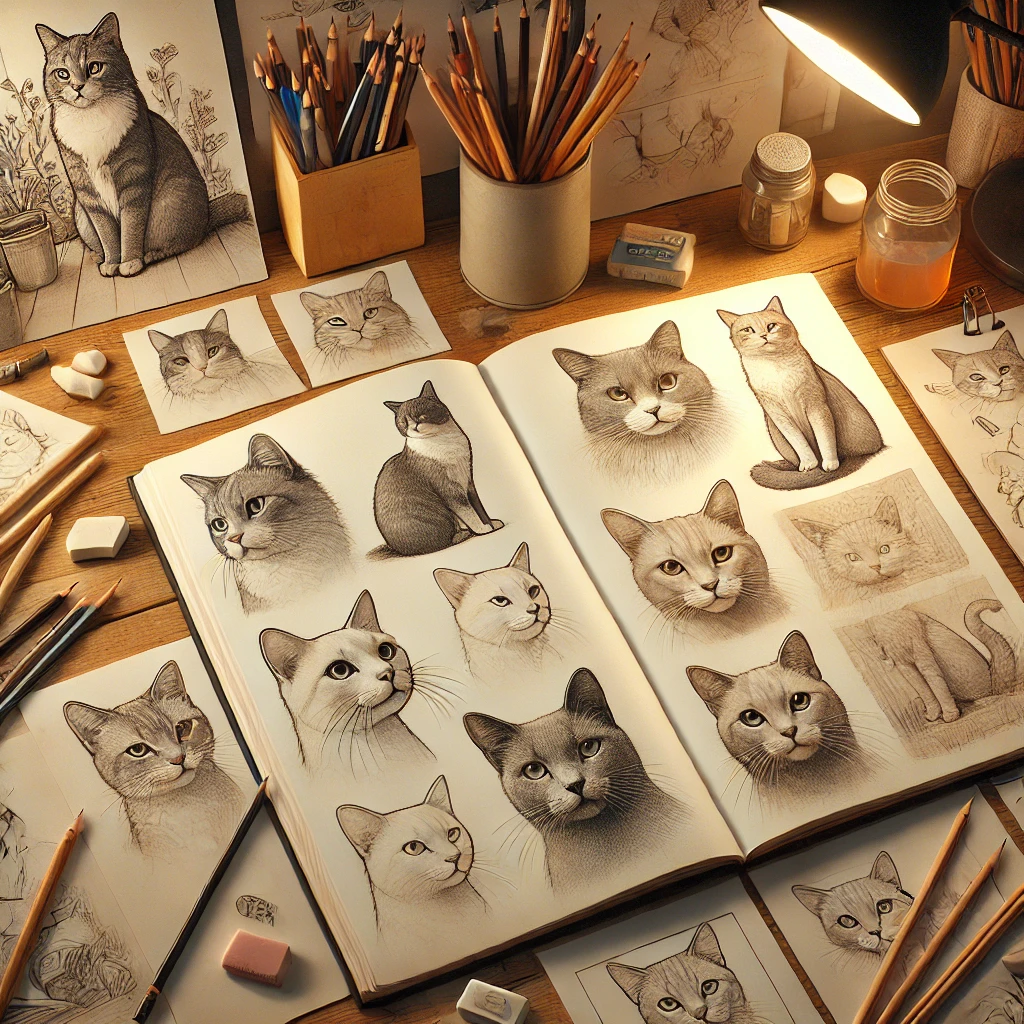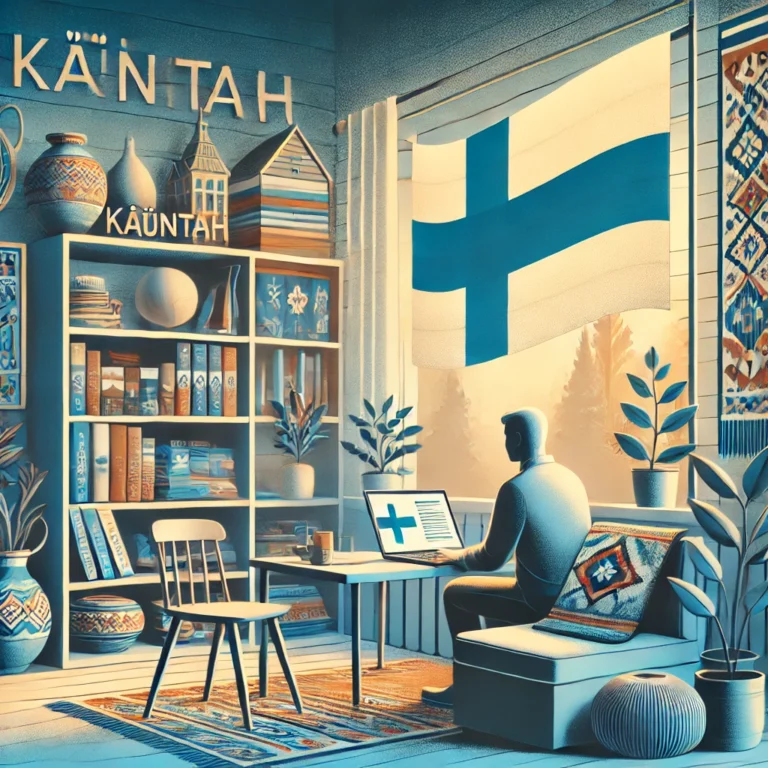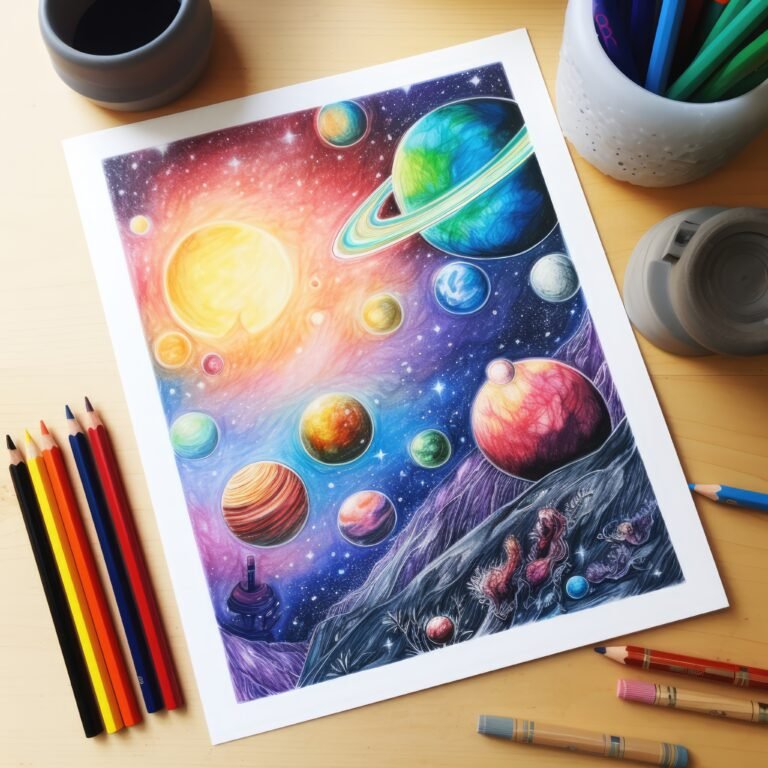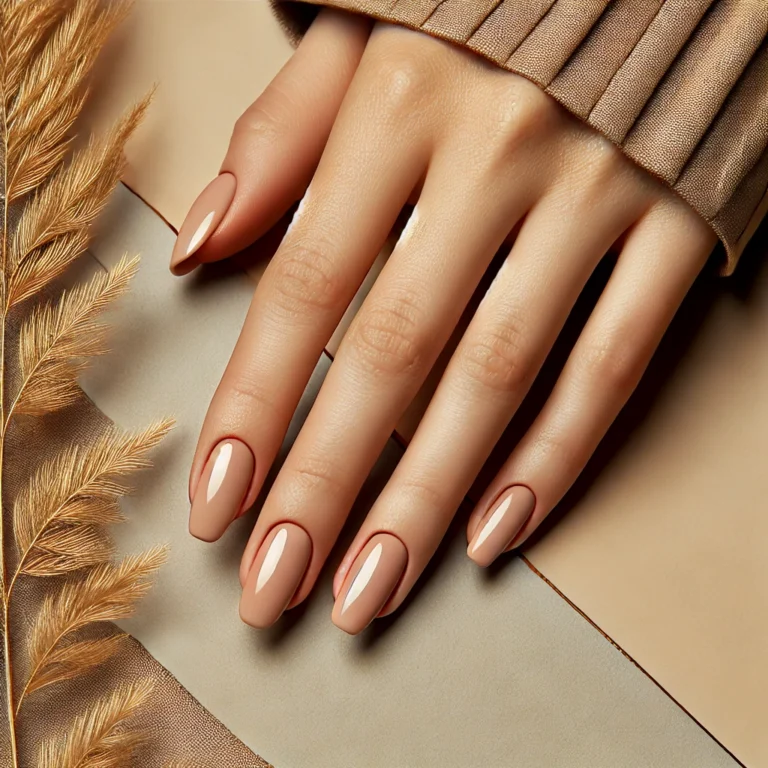
Introduction to Cat Drawing
Drawing cats can be a rewarding journey for artists of any skill level. From their expressive faces to graceful postures, capturing the essence of a cat on paper allows artists to experiment with unique techniques. This article will walk you through every step needed to master drawing:8mi9vnj1ccs= cat, from essential tools to advanced techniques. Whether you’re a beginner or looking to refine your skills, this guide covers everything you need to create lifelike and captivating cat art.
Materials and Tools for Cat Drawing
Choosing the right tools can make a huge difference in drawing:8mi9vnj1ccs= cat successfully. Here’s a list of recommended materials for beginners and professionals alike:
- Pencils: Start with HB pencils for outlines and softer pencils (2B, 4B) for shading.
- Erasers: A soft kneaded eraser is perfect for gently lifting pencil marks, allowing you to create highlights in fur or correct mistakes without smudging.
- Paper: A smooth, medium-weight paper (such as sketching paper) is ideal for capturing fine details.
- Digital Tools: For digital artists, tools like drawing tablets and software (e.g., Procreate, Photoshop) allow for advanced layering and brush textures.
Having the right materials on hand prepares you for success and allows you to experiment with different techniques as you improve.
The Anatomy of Cats: Key Aspects to Know
Understanding cat anatomy is essential for capturing realistic postures and expressions in your artwork.
- Skeletal Structure: Cats are known for their agility, thanks to a flexible spine and long legs. This structure gives them their iconic slinky movement and balance.
- Muscular System: Cats have a unique muscular build, with powerful shoulders and thighs that contribute to their leaping abilities.
- Facial Structure: The short, rounded muzzle, large eyes, and small nose are crucial features to focus on when drawing the face.
Studying these anatomical details will provide a solid foundation for drawing:8mi9vnj1ccs= cat realistically.
Essential Drawing Techniques for Cats
To bring life to your drawing:8mi9vnj1ccs= cat, try practicing these key techniques:
- Gesture Drawing: Start with loose lines to capture the basic posture of the cat. This helps establish the overall movement and flow before diving into details.
- Contour Drawing: Focusing on the outline without lifting your pencil enhances observation skills and helps you develop a steady hand.
- Shading: Proper shading adds dimension, giving your cat drawing a lifelike appearance. Try hatching and cross-hatching techniques to add depth to fur and shadows.
These foundational techniques can drastically improve your cat drawings with consistent practice.
Step-by-Step Guide: How to Draw a Cat
Let’s break down the process of drawing:8mi9vnj1ccs= cat in simple steps:
- Outline the Head and Body: Begin with circles to represent the head and chest, then connect them with a line representing the spine.
- Add Limbs and Tail: Sketch out rough shapes for the legs and a long curve for the tail. Keep the shapes simple at this stage.
- Shape the Face: Outline the facial features, adding almond shapes for the eyes and a small triangle for the nose.
- Refine the Outline: Gradually add details like the ears, paws, and whiskers, making the sketch more precise.
- Shade and Add Texture: Use light and dark tones to create a sense of fur texture and shadow.
Following these steps ensures that your cat drawing has a balanced structure and accurate details.
Shading and Texturing: Adding Depth to Your Drawings
One of the most effective ways to bring a cat drawing to life is through shading and texture:
- Light Source: Determine the primary light source, and shade accordingly. This will create a more dynamic, three-dimensional effect.
- Fur Texture: Cats have different fur textures, from sleek to fluffy. Practice short strokes for short-haired breeds and longer strokes for long-haired breeds.
- Blending and Highlighting: Blend your shading lightly with a blending stump or finger, and add highlights with an eraser to mimic the sheen of fur.
Experiment with these techniques to enhance the realism and depth of your drawing:8mi9vnj1ccs= cat.
Different Cat Breeds and Their Unique Features
Each cat breed has distinct characteristics that can influence your drawing approach.
- Short-Haired Cats: American Shorthair and Siamese cats have sleek fur, requiring smooth lines and subtle shading.
- Long-Haired Cats: Breeds like Persians have long, fluffy fur, which can be depicted through looser, textured lines.
- Distinctive Features: Cats like the Sphynx (hairless) and Scottish Fold (folded ears) have unique traits that add interest to your drawings.
Including breed-specific characteristics will make your cat drawings more recognizable and varied.
Capturing Expressions: Bringing Life to Your Cat Drawings
Expressions can transform a simple cat sketch into a captivating piece:
- Eyes: Cat eyes are large and expressive, often with a narrowed pupil. Add highlights for a realistic sparkle.
- Mouth and Nose: The mouth is subtle yet crucial for conveying emotion. Use soft curves for a relaxed expression and add subtle shading around the nose.
- Ears: Positioning the ears can affect the mood. Upright ears indicate curiosity, while laid-back ears show caution.
Attention to these small details can significantly impact the personality of your drawing:8mi9vnj1ccs= cat.
Common Mistakes and How to Avoid Them
When learning to draw cats, beginners often make a few common errors:
- Proportions: Cats have distinct proportions; avoid overly large heads or legs.
- Fur Overload: Adding too much texture can make the drawing look cluttered. Less is often more.
- Shading Errors: Heavy shading on one side can look unbalanced. Keep it light and gradual for a natural look.
Recognizing these pitfalls early will help you avoid them, resulting in cleaner and more accurate cat drawings.
Advanced Techniques for Experienced Artists
For those more advanced in drawing:8mi9vnj1ccs= cat, here are a few techniques to elevate your art:
- Dynamic Poses: Challenge yourself with action poses, like leaping or stretching, to add energy to your work.
- Multiple Cats: Try drawing cats interacting with each other to create interesting compositions.
- Mixed Media: Combine pencil with watercolor or ink for depth and contrast, creating a unique visual style.
Advanced techniques like these can push your artistic boundaries and create more engaging cat illustrations.
Incorporating Your Cat Drawings into Other Art Forms
Cat drawings can serve as inspiration for broader art projects:
- Digital Art: Transfer your sketch to a digital platform for further refinement, adding colors and textures.
- Animation: Break down your cat drawing into frames for a simple animation sequence.
- Merchandise: Your unique cat illustrations could be used for greeting cards, stickers, or posters.
Exploring new mediums will give your artwork a fresh perspective and additional creative possibilities.
Resources and References for Improving Your Skills
Continuous learning is key to mastering drawing:8mi9vnj1ccs= cat. Here are some valuable resources:
- Books: “Cats in Art” by Desmond Morris offers historical insights, and “Drawing Cats” by Tatsuro Kiuchi provides practical tips.
- Online Courses: Websites like Udemy and Skillshare have beginner-to-advanced cat drawing classes.
- Practice Sites: Use online reference sites like QuickPoses for gesture drawing exercises.
Investing time in these resources will help you refine your skills and develop a more confident approach to drawing cats.
Conclusion
Mastering drawing:8mi9vnj1ccs= cat is a rewarding journey that combines observation, technique, and personal expression. By understanding cat anatomy, using effective drawing techniques, and practicing with different breeds and expressions, you’ll gain the skills to bring your feline illustrations to life. Avoid common mistakes, experiment with advanced techniques, and explore other art forms to make your work stand out. With consistent practice and a passion for these fascinating creatures, you’ll discover your unique style and improve your craft.






